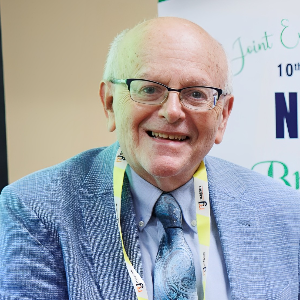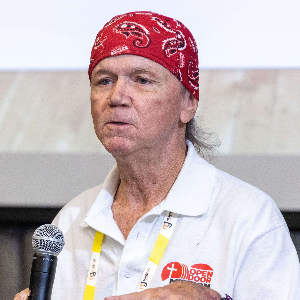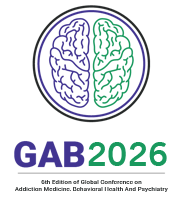Neurobiology of Substance Use and Misuse
The most extreme expression of the clutter, compulsion, is associated with changes within the work of brain circuits included in delight (the compensate framework), learning, stretch, choice making, and self-control. Neuropathology of Sedate Addictions and Substance Abuse common Forms and Instruments, Medicine Medicines, Caffeine and Areca, Polydrug Abuse, Rising Addictions and Non-Drug Addictions is the third of three volumes in this enlightening arrangement and offers a comprehensive examination of the unfavorable results of the foremost common drugs of mishandle. Each volume serves to upgrade the reader’s information on the broader field of compulsion as well as to extend understanding of particular addictive substances. it addresses medicine drugs, caffeine, polydrug abuse, and non-drug addictions. Each segment gives information on the common, atomic, cellular, basic, and utilitarian neurological view points of a given substance with a center on the antagonistic results of addictions. Incorporates in each chapter: list of shortened forms, theoretical, presentation, applications to other addictions and substance abuse, mini-dictionary of terms, rundown focuses, and full references offers scope of preclinical, clinical, and populace thinks about, from the cell to entirety organs and from the genome to entire body.

Nile Stanley
University of North Florida, United States
Ann Marie Leonard Zabel
Curry College, United States
Edie Raether
NeuroShifts and Wings for Wishes Academy, United States
John Michael Weber
Open Door Mission in Houston Texas, United States
Owonaro Peter
Bayelsa State Drug Avuse Addiction Prevention and Rehabilitation Committee (BADAPARC), Nigeria
Sindu Padmanabhan
Bharathiar University, India




Title : Integrating bibliopoetry therapy and digital health technologies for inflammation management: A neuropsychosomatic perspective
Nile Stanley, University of North Florida, United States
Title : Evaluation of prevalence and pattern of tobacco use in yenagoa city in bayelsa state south of nigeria
Owonaro Peter, Bayelsa State Drug Avuse Addiction Prevention and Rehabilitation Committee (BADAPARC), Nigeria
Title : Engaging learners through gamification, creativity, and human-centered design
Tero Moliis, Versantium, United States
Title : Neuropharmacological and regulatory drivers of tianeptine misuse in the united states: A growing public health concern
Darcy Tocci, NSU College of Pharmacy, United States
Title : Awakening sovereignty within: Healing trauma, releasing codependency, and returning to self-trust
Whitney Walker, Mental Health Therapist/ Podcast Host, United States
Title : You can save a life: Real conversations, real solutions for suicide prevention
frank King, The Mental Health Comedian, LLC, United States